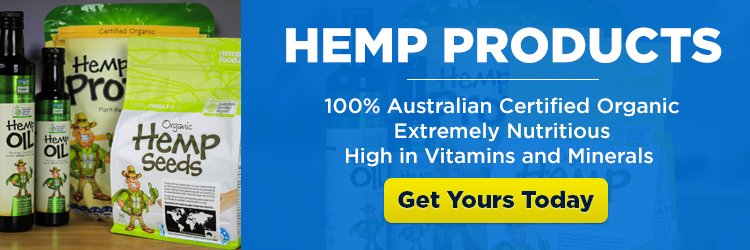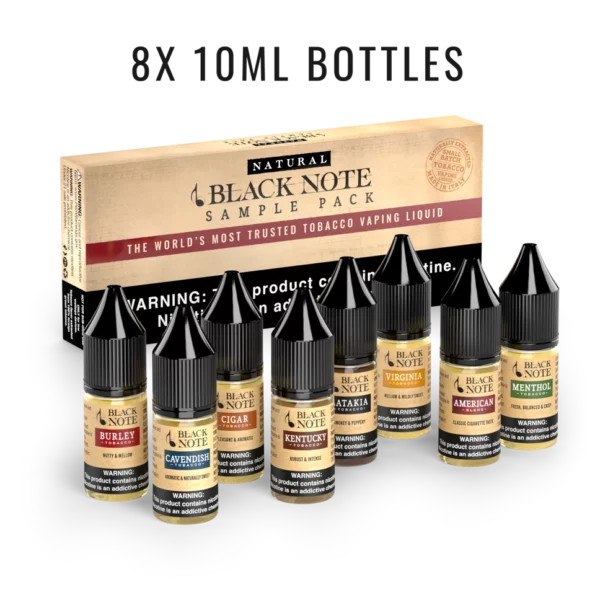- Uses of Industrial Hemp
- Benefits of Hemp Seed Food Products
- How is Hemp Different from Marijuana
3.1 Harvesting Hemp
3.2 History of Hemp
Man was created alongside the gifts of nature, so he lacks nothing. And very well indeed, man used whatever available resources he can find around him to advance and make his life on earth comfortable.
And one of nature’s wonderful gifts is the Hemp plant. It is a known variety of cannabis, that has been used in history for its various industrial uses. Hence, it is popularly known in the industry as Industrial Hemp.
Uses of Industrial Hemp
Throughout the ages, Hemp has been used in various ways from its roots up to its fruits. In 1938, a magazine called Popular Mechanics called Hemp as the new million dollar crop. It is estimated that Industrial Hemp has 50,000 commercial uses (now, ain’t that amazing just for one plant!) and here are some main uses to name a few:
- Medicine
A derivative from the stalk and seeds of hemp plants called Cannabidiol (CBD) oil can be consumed as a nutritional supplement. CBD oil has also shown to have anti-inflammatory properties to relieve pains.
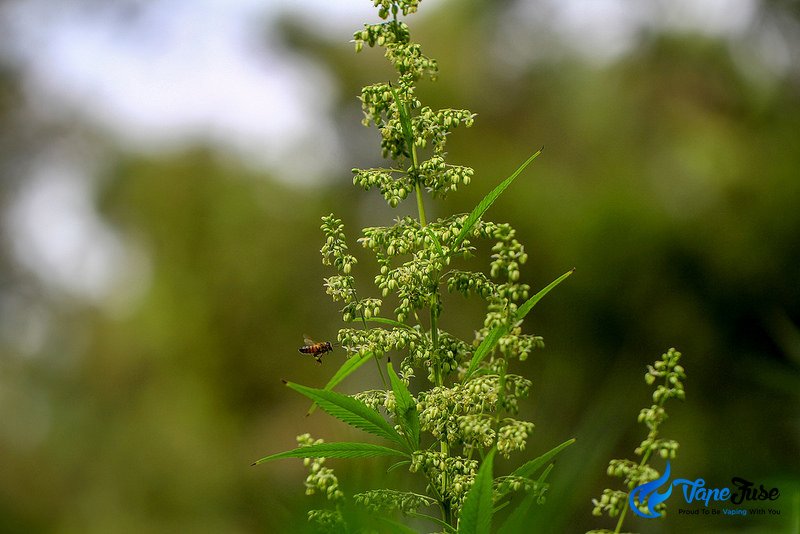
- Textiles
Fabric from hemp fiber are found to be softer yet durable and allows your skin to breath, compared to those made of cotton, that requires pesticides and fertilizers to grow.
It is estimated that 90% of sails, rigging, nets, rope and flags were made from hemp fiber until this century.
As of the moment, we also have clothing lines that use Hemp fiber for their products, like Superego Clothiers, Hoodlamb, Datsusara and Patagonia.
Patagonia even released a film in May 2016 called “Harvesting Liberty: A short film about growing hemp in the USA”, that showcases “Industrial hemp is a crop that has the potential to lower the environmental impacts of textile production, empower small-scale farmers and create jobs in a wide variety of industries.”
You can watch this short enlightening film below.
- Bricks or Construction Material
Emerging as a new trend in house construction is using hemp hurbs mixed with lime and water to make the so-called “hempcrete” and hemp cluster. Incorporating hempcrete around timber or a steel frame can endure ground movement, making it a suitable material for earthquake prone areas.
Using hempcrete is also good for the environment, as it takes in or absorbs CO2 (carbon dioxide). You can learn more about Hemp Houses here.
- Plastics
Hemp fiber is also proving to be a safer material that can replace or mix with plastics to make Hemp plastics. There are different types of this kind of material, where the most common are the hemp fiber-infused plastics.
Incorporating hemp fiber with plastics is beneficial for the environment, as it means less oil and less pollution, while it is also more durable and makes a biodegradable product.
- Fuel
Hemp is also a good source for environment-friendly fuels.
There are two types of fuel that can be produced from Industrial Hemp:
- Hemp Biodiesel – made out of the oil from (pressed) hemp seed.
- Hemp Ethanol/ Methanol – extracted from fermented hemp stalk.
Biodiesel is the only alternative fuel that can be used in any conventional, unmodified diesel engine. The main benefit from using hemp biodiesel lies on the exhaust output, that it creates when it burns in the engine. Instead of the petroleum diesel odor, using Hemp biodiesel creates a pleasant smell of hemp.
Meanwhile, using Ethanol-blended fuels in cars can reduce emissions of greenhouse gasses by 37.1%.
- Paper
From the central stem of Hemp comes hemp paper.
Hemp paper accounted for 75 – 90% of paper used for maps, bibles, books and banknotes until 1883. The oldest cannabis paper dates back in China 4000 BC. By the 8th century, its use had reached Europe and under the rule of Emperor Charlemagne, he strongly encouraged the cultivation of hemp.
For centuries, monks used cannabis/hemp paper to copy the Holy scriptures. And it also provided parchments for the first printed Latin bible by Johann Gutenberg in 1455.
In today’s modern time, using hemp paper will save a lot of decades-old trees that serve as a stronghold for our soil against erosion and flooding. We will also be saving our world from pollutants as the pulp and paper industry is the third largest industrial polluter, accounting for 220 million pounds of toxic in the air and water each year.
Whereas the manufacture of Hemp paper doesn’t require bleaching chemicals but, instead it can be whitened using hydrogen peroxide, which does not poison the waters like what chlorine and bleach do, which is what the pulp and paper industry use.
Hemp paper can also last for hundreds of years, longer than wood-pulp paper which decomposes as time goes by.
As the Library of Congress discovered, “While the hemp paper in volumes 300-400 years old is still strong, 97% of the books, printed between 1900 and 1937 on tree paper, will be useable for less than 50 years.” Hemp paper can be recycled 7 to 8 times, compared with only 3 times for wood pulp paper.”
- Food
The most important use of Industrial hemp is man’s basic need – food. Hemp seeds (the fruits of Hemp) makes a nutritious food. It has a mild nutty flavor making it great for snacking or part of your meal. You can eat it raw or dry toast to make it more palatable. Incorporate it into your recipes for more flavor and nutrients.
From fresh hemp seeds, it goes into a natural process of extraction to separate the oil and the powder. The initial by-products, hemp oil, and hemp flour.
Hemp oil makes a perfect alternative for olive oil, that you can sprinkle on your favorite salad or meals. Cooking is not recommended though with Hemp oil as it can alter the composition of healthy fatty acids.

Hemp flour, on the other hand, can serve as a more nutritious substitute or mix it with your regular flour. It contains protein and high in fiber.
Further processing the powder extracted from Hemp seeds to a very fine consistency brings you Hemp Protein. Being plant based, this makes a healthy protein substitute for meat, great for vegans and vegetarian as well as health buffs, who are serious about losing weight and muscle building.
Hemp seeds can also produce non-dairy hemp milk by simply grounding the seeds, blend with water and straining the solid residue. Aside from directly drinking all the goodness from hemp milk, it can also be infused in skin care products like soap.

But you may ask… what’s all the fuss and hype about Hemp seeds products? What makes it different from the other healthy seed products already have been promoted as superfoods for a long time? Due to the banning of all Cannabis strains in the 1930’s, the immense nutrients that hemp seeds offer to the human body has almost been forgotten, which shouldn’t have been in the first place. And now, that it’s slowly but surely going back to the mainstream, it is high time to re-learn its goodness, that has been enjoyed by our ancestors.
Benefits of Hemp Seed Food Products
Hemp seeds are abundant in nutrients that are essential to the human body to survive. Here we rank them according to the roles they play in keeping the body healthy.
Amino Acids and Proteins
The human body is made up of 20% protein. All vital parts like muscles, heart, organs, skin and eyes are made up of proteins. It plays a critical role in carrying out important bodily functions and keeping us well and alive. With that being said, lack of protein in the body will cause weakness and eventually withers away if not supplemented.
When protein is consumed, the body’s digestive system works by breaking it down into individual amino acids, which then recombine and link together by the cells to form a new protein. Amino acids act as the building blocks to create a functional protein, that will carry out other functions in the body.
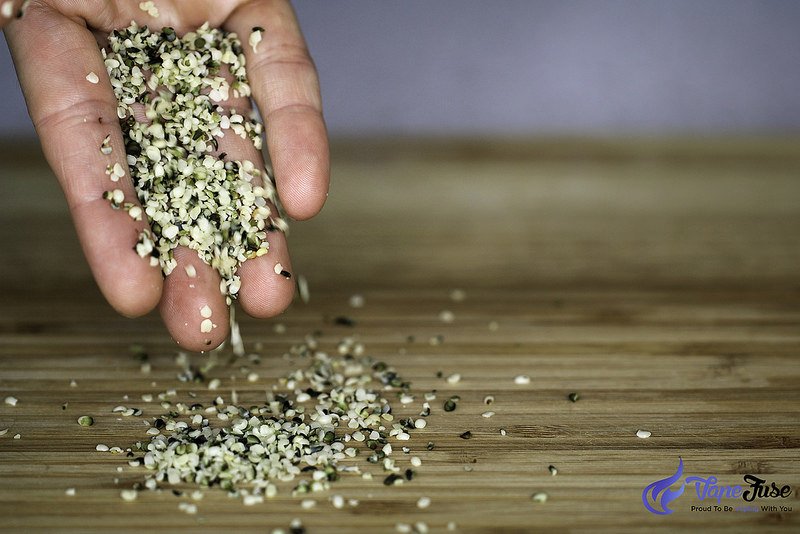
Now, the human body needs 21 amino acids to maintain bodily functions with the right balance. Of the 21, 8 of them can be obtained through food sources as the body cannot produce them. Hence, it is called essential amino acids. This is where Hemp seeds can play an important part in your diet if incorporated. It has all 8 essential amino acids and 2 conditional essential amino acids to fill the gap.
Although there are other plant seeds that contain all these essential amino acids like Chia seeds, hemp seeds still stand out due to the balance. It has a very similar protein ratio as the human blood at 65% edestin and 35% albumin. Having this right proportion of protein helps build a strong immune system.
Fatty Acids: Omega 6 and Omega 3 with the ideal ratio of 3:1
As the human body cannot produce these fatty acids on its own, obtaining them from food sources at the right balance is the option. Hemp seeds have shown to contain the ideal proportion of polyunsaturated fatty acids of Omega 6 and Omega 3, that are vital in brain development and nerve functions, as well as the immune system and regulating blood pressure.
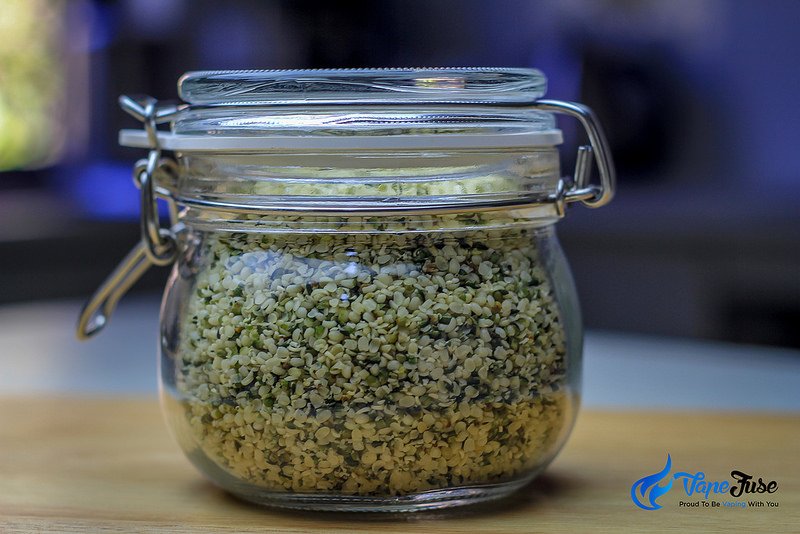
These can also be obtained from fish and other nuts but hemp seeds strike the perfect balance for these essential fatty acids.
Fiber
Unlike other food elements like fats, protein, and carbohydrates, fiber is not digested by the body but, instead, it just passes through the stomach to the small intestine down to the colon and flushes out of the body. There are 2 types of fiber:
- Soluble
- Insoluble
Both have different important functions in the body.
Soluble fiber dissolves in water in the digestive system and forms a gel-like material, that helps in lowering cholesterol in blood and glucose level. It also eases constipation by softening the stool making it easier to pass through.
Insoluble fiber, on the other hand, does not dissolve in water. It passes through the stomach without being digested, allowing other materials in the digestive system to move through more easily and regulating bowel movement as well as flush out toxins.
Eating foods high in fiber can also make you feel fuller, great for those trying to lose weight. So if you need to increase your fiber intake, eat more food that comes from plants as fiber can only be found in plants.
And if you want to enjoy both soluble and insoluble fiber in one source, hemp seeds contain 15% fiber of both types.
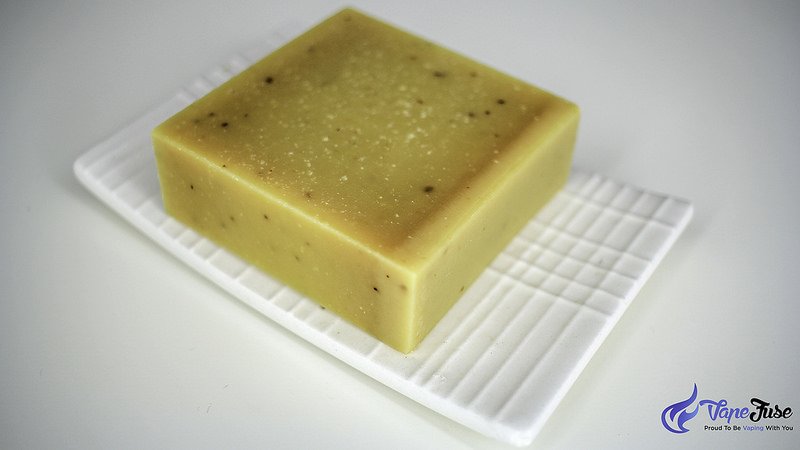
Vitamins and Minerals
Well, it is common knowledge that we all need vitamins and minerals to function properly and stay healthy. Hemp seeds are packed with the below essential vitamins and minerals to get us through every day.
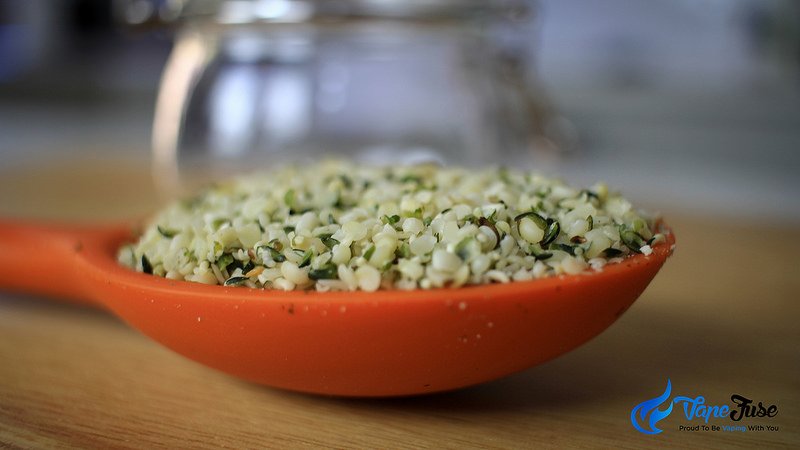
- Vitamin A – mainly for healthy eyes and vision but also helps in the development of bones, teeth, and skin.
- Vitamin B1, B2, B3, B6 – works together for energy production and keeping the nervous system healthy.
- Vitamin D – for healthy strong bones.
- Vitamin E – with antioxidant properties for protection against free radicals and also helps in the production of red blood cells.
- Zinc – for immune system health.
- Iron – helps is carrying oxygen in the body and energy metabolism.
- Magnesium – for nerves and immune system health.
- Potassium – for proper fluid balance and muscle contraction.
- Phosphorus – aids to keep healthy bones and teeth.
- Calcium – needed for bone health.
- Iodine – regulates growth and metabolism.
- Manganese – plays a part in many body enzymes, which is vital for life.
Knowing all the above nutrients, that you can get from consuming Hemp seeds and its by-products, wouldn’t you want to make it a part of your daily diet?
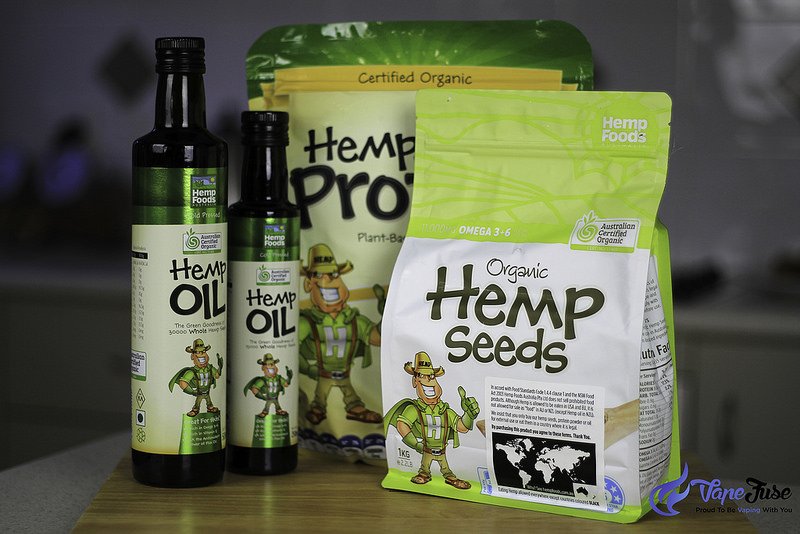
Those are just a few of the thousand uses of Industrial Hemp. As countries around the world are re-learning the good things that this incredible plant offers, surely its use will spread on a massive scale and in the end, we will be doing ourselves a great favor including the environment.
How is Hemp Different from Marijuana
Although they are both essentially the Cannabis sativa plant, hemp has a distinct composition from the generally known marijuana. Hemp has a very low level (0.3%) of THC, the known compound of cannabis plants that can get you high. With this level, it is not enough to bring out any psychoactive effect on the user. That is what mainly differentiate Hemp from the cannabis species that have high psychoactive compounds.
Most hemp varieties have hollow stalk containing high fiber content at 35%, while marijuana has solid stalk with around 15% fiber content.
Industrial hemp can grow in almost all regions in the world, as it can thrive in different types of soil with plenty of moisture. It requires less maintenance being pest resistant and an efficient weed suppressor and requires no chemicals to grow. It is an annual herbaceous plant with a slender stem, that can grow from 4 feet to as high as 15 feet with a diameter of ¼ to ¾ inch.
Growing Hemp is legal in many countries but there are still places where it is not. You can check out this list of countries where hemp is being legally grown here.
Harvesting Hemp
Hemp stems can have more or fewer branches depending on crop density. It has a palmate type of leaf and can have 7 to 11 serrated leaflets. With good soil conditions (well-aerated with a pH of 6 and higher) and sufficient moisture, harvesting for seeds of Hemp can occur in 4-6 weeks and the stems or the fiber hemp will be ready to be gathered 70 – 90 days after seeding.
A specialized machine is used in harvesting fiber hemp, and for textile purposes, a specialized cutter is used. After cutting, the stalks undergo retting which is “a microbial process that breaks the chemical bonds that hold the stem together and allows separation of the bast fibers from the woody core.”
The extensively used process is done by natural exposure to the environment or field retting being inexpensive, mechanized and requires no water and can last from 4 – 6 weeks depending on weather conditions. As stems lay in the field, most nutrients from the plants are drained and returned to the soil as leaves decompose, ready for new hemp plants to grow.
History of Hemp
So how did all these incredible uses of Hemp start and get discovered? Well, this will take us around the world, as Hemp is an ancient plant cultivated in many different regions due to its versatility.
According to the Columbia History of the World released in 1996, the weaving of hemp fiber began 10,000 years ago but carbon testings suggest the use of wild hemp goes back as far as 8000 B.C.
The archeological record shows China was the earliest region to cultivate and use hemp. The oldest cannabis paper was found here and dates back to 4000 BC. Hemp fiber was also used for clothing and even hats for the nobles. Hemp seeds was a staple food for the Chinese throughout the 10th century. It was also in China around 2000 BC that the first use of cannabis as medicine was recorded by Emperor Shen Neng.
In 2000 BC, Bhang (dried cannabis leaves, seeds, and stems) was mentioned in the ancient text of Hinduism in India called The Vedas as a “Sacred Grass”. It is used as a medicine as well as in rituals.
Scythians introduce Hemp in Northern Europe in 500 BC. And according to Herodotus, the Greek historian, it was used both in rituals and recreations.
In the 8th century in Europe under Emperor Charlemagne, he strongly encouraged the cultivation of Hemp. By the 16th century, Henry VIII of Great Britain also ordered the extensive cultivation of Hemp to provide materials for the British Naval Fleet during the war. Hemp paper was used for maps, logs, and Bibles.
In colonial America in the 17th century, by the order of law farmers in Virginia, Massachusetts and Connecticut grew Indian Hemp. And for over 200 years, hemp was considered a legal tender.
A hand-break operated machine was used for years in harvesting hemp. By 1920, the crop was wholly handled by machines.
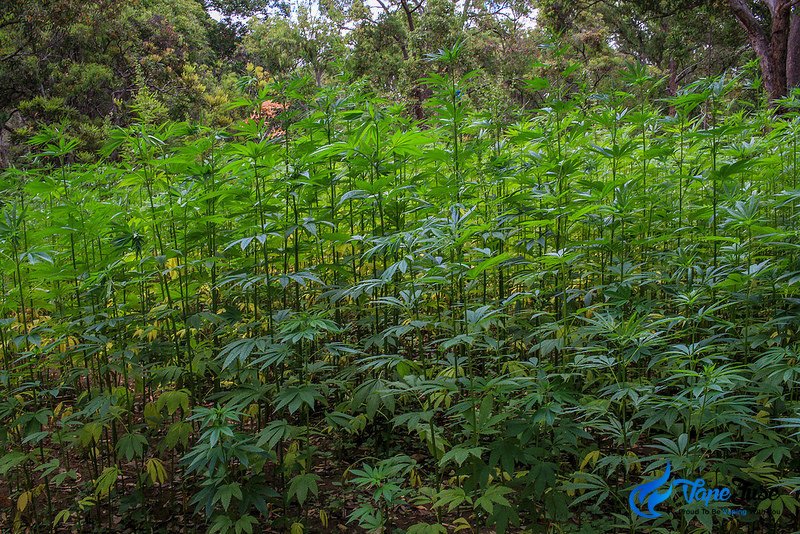
Henry Ford also recognized the value of Hemp, though, which he built a car using hemp fiber and ran it on ethanol also from hemp.
However as Hemp gained popularity and recognition for its many industrial uses, competitors started a smear campaign by associating hemp with marijuana. A propaganda film entitled “Reefer Madness” that depicts marijuana’s devastating effects on teens, ascertained hemp’s end.
This despite what was seen of Hemp as a million dollar industry.
By 1937, the Marijuana Tax Act and licensing regulations, chiefly promoted by Harry Anslinger made hemp cultivation almost impossible for American farmers.
But an interesting turn of events came during World War II when the Japanese attacked Pearl Harbor that halted the importation of Manila Hemp from the Philippines and prompted the USDA (US Department of Agriculture) to create a call to action by releasing the film Hemp for Victory. This inspired farmers to grow hemp for the war effort. The government even formed a private company called War Hemp Industries subsidizing cultivation. But as soon as the war ended, all hemp processing facilities were shut down and the industry disappeared.
Meanwhile, Harry Anslinger move on to bring his anti-drug campaign to the international scene. In 1961, he succeeded in persuading the United nations to unify anti-drug policies of member countries to come up with the Single Convention on Narcotics Drugs.
For further reading, a detailed chronological history of hemp can be found here.
Despite the moves to discredit Hemp, China never bans hemp cultivation recognizing its various uses and benefits. No wonder it is the largest hemp producer in the world, which accounts for half of the global production. Many countries have also recognized the value of Hemp and are now legally growing the crop.
To sum it all up, mankind was gifted with an incredibly useful plant called Hemp or Industrial Hemp, may we recognized its usefulness in our lives and in the environment. And may all governments give credit what is due for this nature’s wonderful gift.

